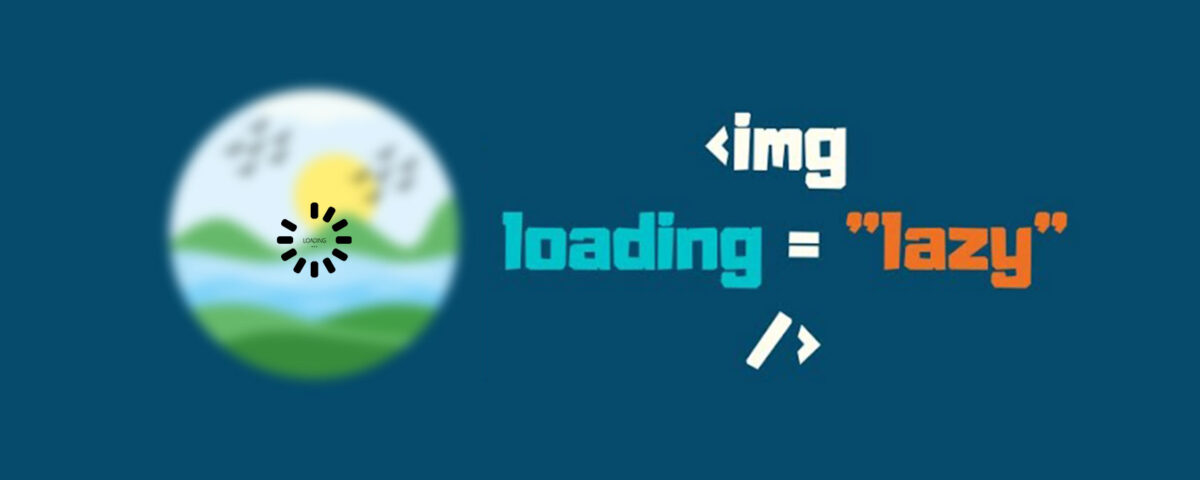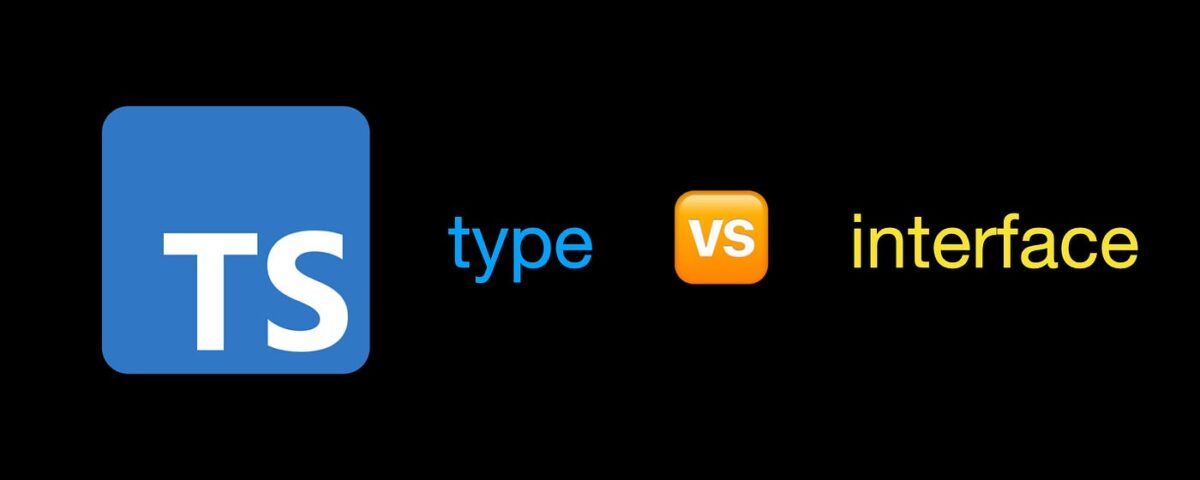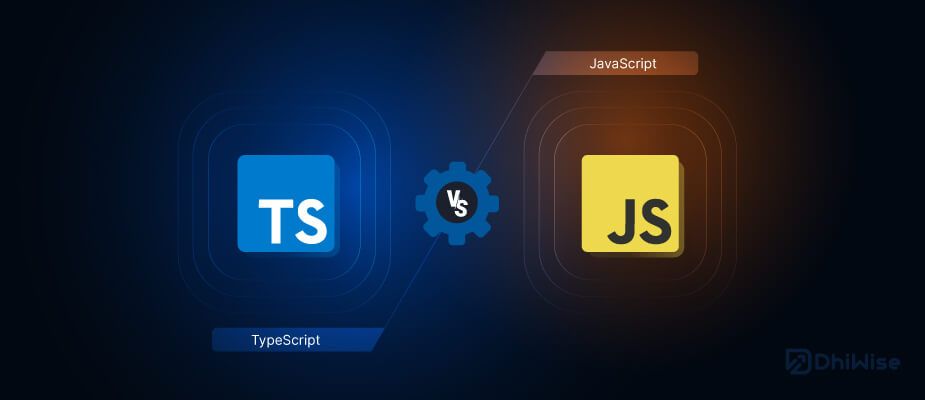12th May 2025
useCallback is a hook that allows you to optimize the performance of your React Native app by memoizing a function. This means that the function will only be re-created if one of its dependencies has changed. Performance optimization is crucial for creating a smoother user experience in modern web development. React, a popular JavaScript library for building user interfaces, provides several Hooks to help developers manage state and side effects efficiently. One such Hook is useCallback(), which plays a vital role in optimizing functional components by memoizing callback functions. Whether you are a new React developer or someone looking to get more knowledge, this guide will provide […]













